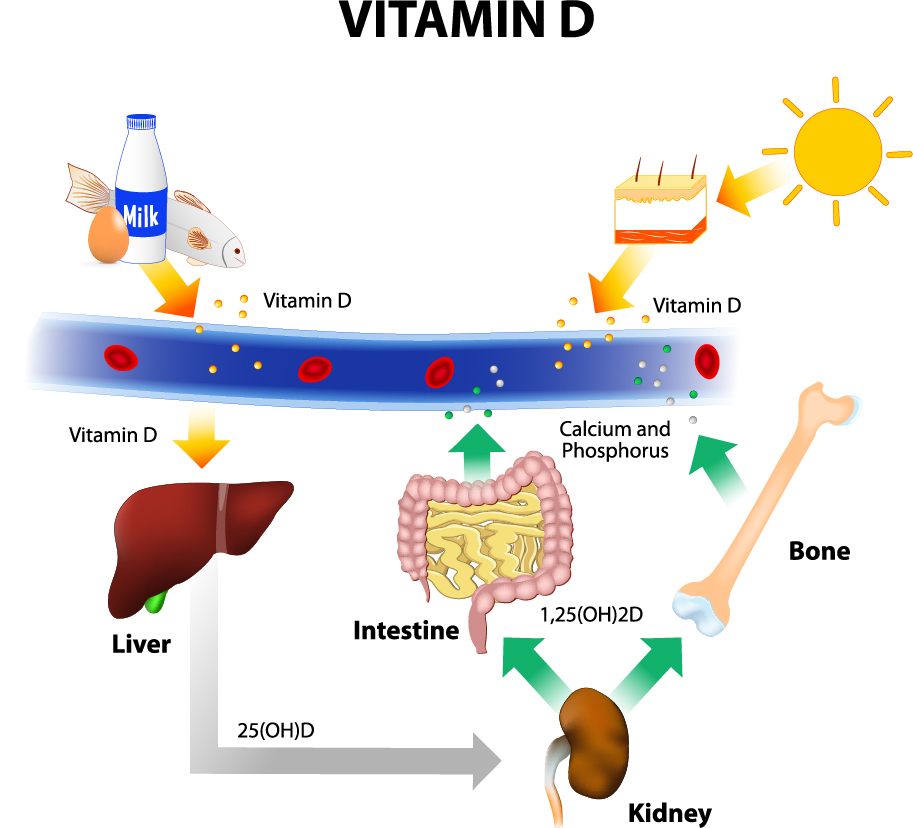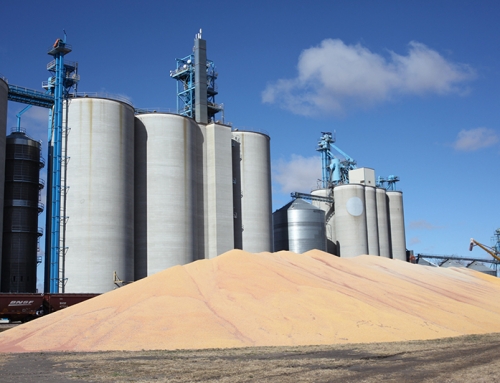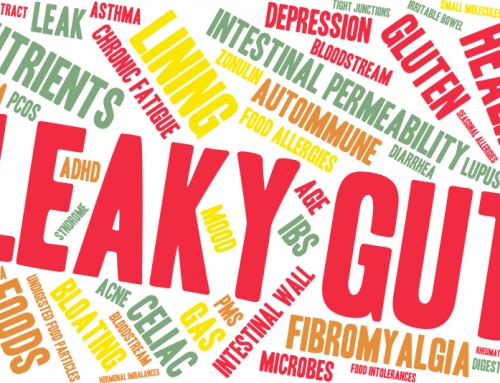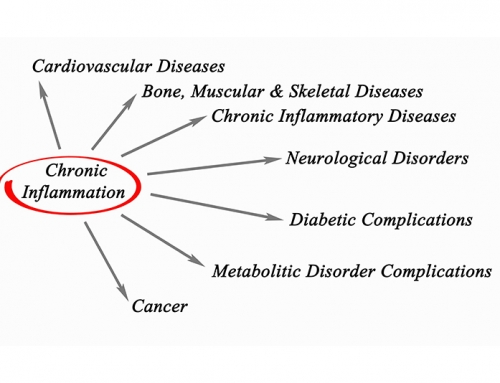Vitamin D is produced in the body when bare skin is exposed to direct sunlight, specifically ultra violet B light energy. The more bare skin that is exposed to the sun, the more Vitamin D is produced. Large amounts of Vitamin D3 (cholecalciferol) can be produced in the skin rather quickly if the conditions are right. The main function of Vitamin D is to aid our body in absorbing Calcium. Conversely, low levels of Vitamin D are associated with asthma, cancer, diabetes and arthritis. As such, there are several factors that affect Vitamin D production in our bodies:
– The angle of the sun in the sky is very important; the higher the sun the more Vitamin D will be produced. Peak sun time is mid-day when our shadows are the shortest; longer shadows mean less intense sun.
- Skin tones are also very important. Lighter/fairer skinned people will produce Vitamin D more quickly than dark skinned people. Consequently, this also means that fairer skinned people will burn more quickly than dark skinned people. SOME SUN=GOOD, TOO MUCH SUN=BAD.
- Altitude is another important factor. The ultraviolet B light is more intense at higher altitudes since we are closer to it and it hasn’t scattered or been absorbed as much. As a result, less time would be required to get enough Vitamin D and less time would be required to be over exposed to the sun, causing sunburn faster.
- Where we live relative to the equator also plays a huge role in Vitamin D production. The further away from the equator we live, the less intense the sun is and, as a result, the longer it will take to get adequate sun. Because of this, those of us living in the Northern United States (north of North Carolina) generally only receive Vitamin D quality sun during the summer months.
**As a result of all of these factors it makes sense that many of us would have low Vitamin D levels, too low to realize the benefits of proper sun exposure.**






